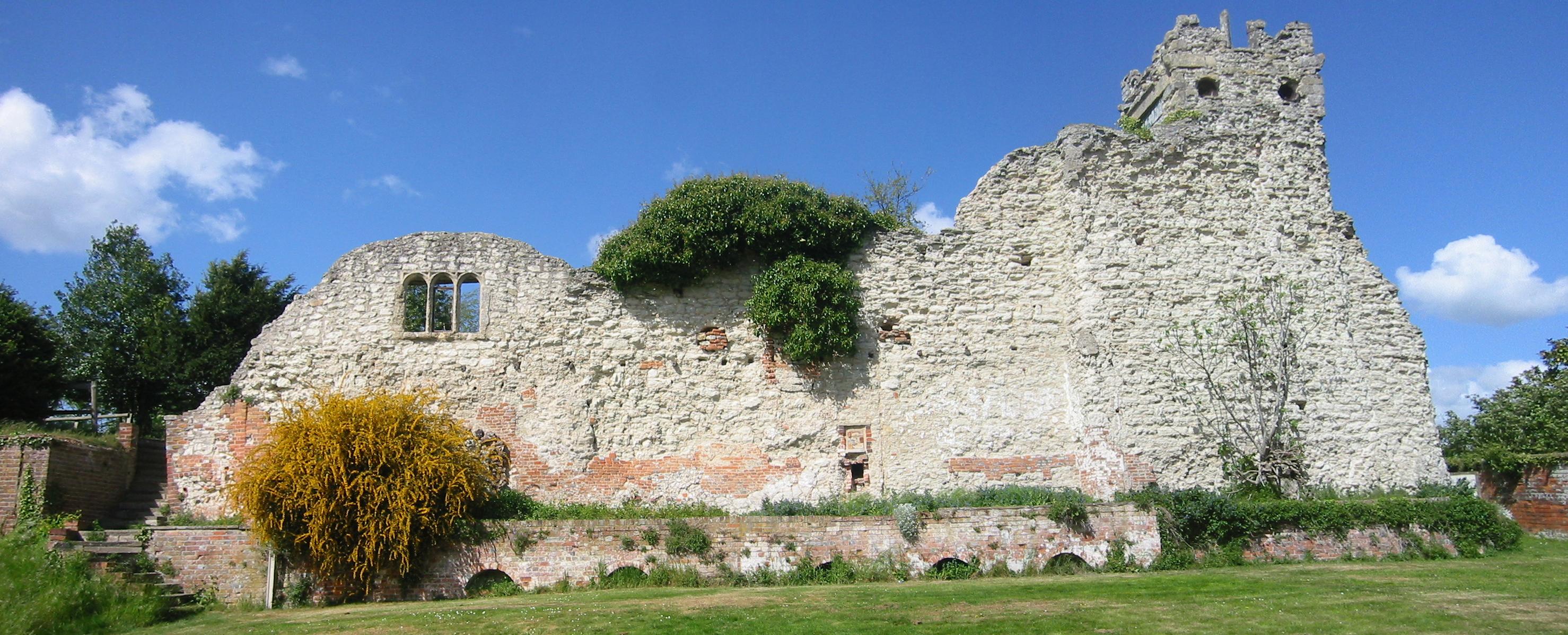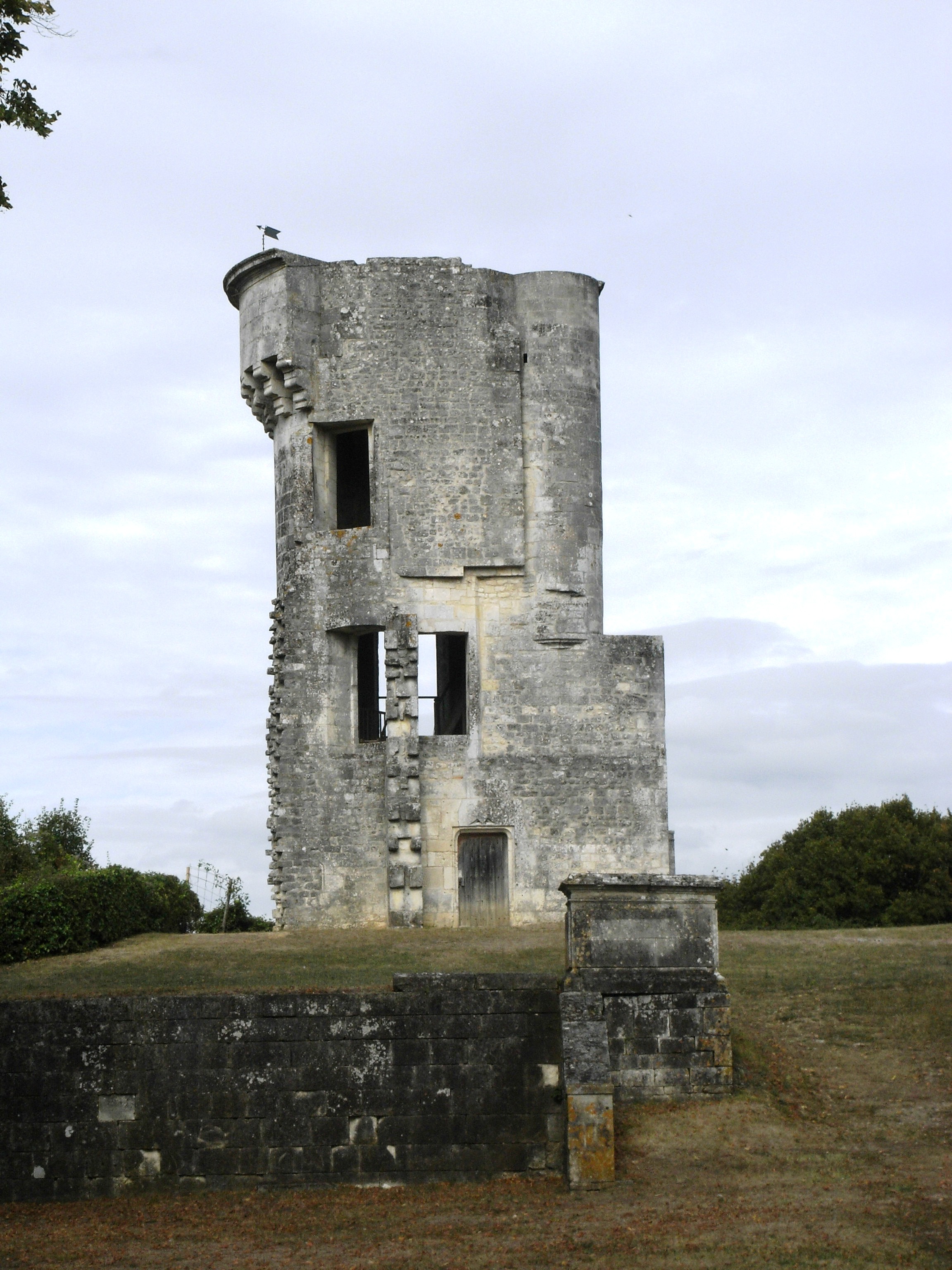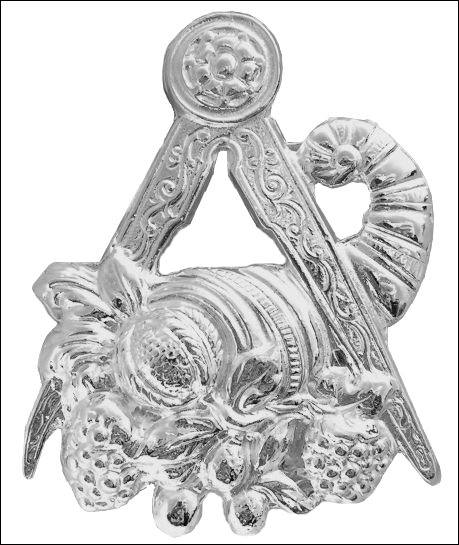|
William FitzAldelm
William FitzAldelm, FitzAdelm, FitzAldhelm, or FitzAudelin was an Anglo-Norman nobleman from Suffolk or North Yorkshire. He was the son of Adelm de Burgate, and an important courtier who took part in the Anglo-Norman invasion of Ireland. Courtier In 1165 William FitzAdeline's father Adelm d'Aldfied and his brother Ralph FitzAdeline gave lands at Fountains to the Abbey, which gift was confirmed by Roger de Mowbray. Ralph FitzAdeline held one fee in Yorkshire from Mowbray in 1165, and witnessed a charter by his brother to the Knights Hospitallers. The manor of Ongar alias Little Ongar, later known as Ashhall alias Nash Hall was held as a marshalship. This marshalship consisted of looking after the prostitutes at the king's court, dismembering condemned malefactors, and measuring the king's 'gallons' and 'bushels'. In 1156 this strange office had been held by William Fitz Audelin, who had received it in marriage with Juliane Doisnel, daughter of Robert Doisnel. The manor of Sh ... [...More Info...] [...Related Items...] OR: [Wikipedia] [Google] [Baidu] |
Suffolk
Suffolk ( ) is a ceremonial county in the East of England and East Anglia. It is bordered by Norfolk to the north, the North Sea to the east, Essex to the south, and Cambridgeshire to the west. Ipswich is the largest settlement and the county town. The county has an area of and a population of 758,556. After Ipswich (144,957) in the south, the largest towns are Lowestoft (73,800) in the north-east and Bury St Edmunds (40,664) in the west. Suffolk contains five Non-metropolitan district, local government districts, which are part of a two-tier non-metropolitan county administered by Suffolk County Council. The Suffolk coastline, which includes parts of the Suffolk & Essex Coast & Heaths National Landscape, is a complex habitat, formed by London Clay and Crag Group, crag underlain by chalk and therefore susceptible to erosion. It contains several deep Estuary, estuaries, including those of the rivers River Blyth, Suffolk, Blyth, River Deben, Deben, River Orwell, Orwell, River S ... [...More Info...] [...Related Items...] OR: [Wikipedia] [Google] [Baidu] |
Wallingford, Oxfordshire
Wallingford () is a historic market town and civil parish on the River Thames in South Oxfordshire, England, north of Reading, south of Oxford and north west of Henley-on-Thames. Although belonging to the historic county of Berkshire, it is within the ceremonial county of Oxfordshire for administrative purposes (since 1974) as a result of the Local Government Act 1972. The population was 11,600 at the 2011 census. The town has played an important role in English history starting with the surrender of Stigand to William the Conqueror in 1066, which led to his taking the throne and the creation of Wallingford Castle. The castle and the town enjoyed royal status and flourished for much of the Middle Ages. The Treaty of Wallingford, which ended a civil war known as The Anarchy between King Stephen and Empress Matilda, was signed there. The town then entered a period of decline after the arrival of the Black Death and falling out of favour with the Tudor monarchs before ... [...More Info...] [...Related Items...] OR: [Wikipedia] [Google] [Baidu] |
People From North Yorkshire
The term "the people" refers to the public or common mass of people of a polity. As such it is a concept of human rights law, international law as well as constitutional law, particularly used for claims of popular sovereignty. In contrast, a people is any plurality of persons considered as a whole. Used in politics and law, the term "a people" refers to the collective or community of an ethnic group or nation. Concepts Legal Chapter One, Article One of the Charter of the United Nations The Charter of the United Nations is the foundational treaty of the United Nations (UN). It establishes the purposes, governing structure, and overall framework of the UN system, including its six principal organs: the Secretariat, the G ... states that "peoples" have the right to self-determination. Though the mere status as peoples and the right to self-determination, as for example in the case of Declaration on the Rights of Indigenous Peoples, Indigenous peoples (''peoples'' ... [...More Info...] [...Related Items...] OR: [Wikipedia] [Google] [Baidu] |
William De Burgh
William de Burgh ( , ; ; –winter 1205/06) was the founder of the House of Burgh (later surnamed Burke or Bourke) in Ireland and elder brother of Hubert de Burgh, 1st Earl of Kent and Geoffrey de Burgh, Bishop of Ely. William is often given the epithet, "the conqueror", but is not to be confused with the English king of the same nickname. In Ireland William de Burgh was the eldest son of Walter de Burgh and his wife, Alice, of Burgh-next-Aylsham, Norfolk, and had three brothers: Hubert, Earl of Kent; Geoffrey, Bishop of Ely; and Thomas, Castellan of Norwich. Ellis has made a case that William's father was Walter de Burgh but notes this is "highly conjectural". William was "one of the new wave of Anglo-Normans to come to Ireland with John, lord of Ireland, in 1185" and has been described as "one of the most prominent men involved in the annexation of the kingdom of Limerick in the last quarter of the twelfth century". Henry II of England appointed him Governor of Lim ... [...More Info...] [...Related Items...] OR: [Wikipedia] [Google] [Baidu] |
King Richard I Of England
Richard I (8 September 1157 – 6 April 1199), known as Richard the Lionheart or Richard Cœur de Lion () because of his reputation as a great military leader and warrior, was King of England from 1189 until his death in 1199. He also ruled as Duke of Normandy, Aquitaine, and Gascony; Lord of Cyprus; Count of Poitiers, Anjou, Maine, and Nantes; and was overlord of Brittany at various times during the same period. He was the third of five sons of Henry II of England and Eleanor of Aquitaine and was therefore not expected to become king, but his two elder brothers predeceased their father. By the age of 16, Richard had taken command of his own army, putting down rebellions in Poitou against his father. Richard was an important Christian commander during the Third Crusade, leading the campaign after the departure of Philip II of France and achieving several victories against his Muslim counterpart, Saladin, although he finalised a peace treaty and ended the campaign withou ... [...More Info...] [...Related Items...] OR: [Wikipedia] [Google] [Baidu] |
Cumberland
Cumberland ( ) is an area of North West England which was historically a county. The county was bordered by Northumberland to the north-east, County Durham to the east, Westmorland to the south-east, Lancashire to the south, and the Scottish counties of Dumfriesshire and Roxburghshire to the north. The area includes the city of Carlisle, part of the Lake District and North Pennines, and the Solway Firth coastline. Cumberland had an administrative function from the 12th century until 1974, when it was subsumed into Cumbria with Westmorland as well as parts of Yorkshire and Lancashire. It gives its name to the unitary authority area of Cumberland, which has similar boundaries but excludes Penrith. Early history In the Early Middle Ages, Cumbria was part of the Kingdom of Strathclyde in the Hen Ogledd, or "Old North", and its people spoke a Brittonic language now called Cumbric. The first record of the term 'Cumberland' appears in AD 945, when the ''Anglo-Saxon Chronic ... [...More Info...] [...Related Items...] OR: [Wikipedia] [Google] [Baidu] |
Seneschal
The word ''seneschal'' () can have several different meanings, all of which reflect certain types of supervising or administering in a historic context. Most commonly, a seneschal was a senior position filled by a court appointment within a royal, ducal, or noble household during the Middle Ages and early Modern period – historically a steward or majordomo of a medieval great house. In a medieval royal household, a seneschal was in charge of domestic arrangements and the administration of servants, which, in the medieval period particularly, meant the seneschal might oversee hundreds of laborers, servants and their associated responsibilities, and have a great deal of power in the community, at a time when much of the local economy was often based on the wealth and responsibilities of such a household. A second meaning is more specific, and concerns the late medieval and early modern nation of France, wherein the seneschal () was also a royal officer in charge of justice a ... [...More Info...] [...Related Items...] OR: [Wikipedia] [Google] [Baidu] |
Steward (office)
A steward is an official who is appointed by the legal ruling monarch to represent them in a country and who may have a mandate to govern it in their name; in the latter case, it is synonymous with the position of regent, vicegerent, viceroy, Luogotenente, king's lieutenant (for Romance languages), governor, or deputy (the Roman ''Roman governor, rector'', ''prefect, praefectus'', or ''vicarius''). Etymology From Old English ''stíweard, stiȝweard'', from ''stiȝ'' "hall, household" + ''weard'' "wikt:warden, warden, keeper"; corresponding to Dutch language, Dutch: ''stadhouder'', German language, German ''Statthalter'' "place holder", a Germanic parallel to French ''lieutenant''. The Old English term ''stíweard'' is attested from the 11th century. Its first element is most probably ''stiȝ-'' "house, hall" (attested only in composition; its cognate ''stiȝu'' is the ancestor of Modern English ''sty''). Old French and Old Norse ''stívarðr'' are adopted from the Old English. T ... [...More Info...] [...Related Items...] OR: [Wikipedia] [Google] [Baidu] |
Dublin
Dublin is the capital and largest city of Republic of Ireland, Ireland. Situated on Dublin Bay at the mouth of the River Liffey, it is in the Provinces of Ireland, province of Leinster, and is bordered on the south by the Dublin Mountains, part of the Wicklow Mountains range. Dublin is the largest city by population on the island of Ireland; at the 2022 census of Ireland, 2022 census, the city council area had a population of 592,713, while the city including suburbs had a population of 1,263,219, County Dublin had a population of 1,501,500. Various definitions of a metropolitan Greater Dublin Area exist. A settlement was established in the area by the Gaels during or before the 7th century, followed by the Vikings. As the Kingdom of Dublin grew, it became Ireland's principal settlement by the 12th century Anglo-Norman invasion of Ireland. The city expanded rapidly from the 17th century and was briefly the second largest in the British Empire and sixth largest in Western Europ ... [...More Info...] [...Related Items...] OR: [Wikipedia] [Google] [Baidu] |
Lordship Of Ireland
The Lordship of Ireland (), sometimes referred to retrospectively as Anglo-Norman Ireland, was the part of Ireland ruled by the King of England (styled as "Lord of Ireland") and controlled by loyal Anglo-Norman Lords between 1177 and 1542. The lordship was created following the Anglo-Norman invasion of Ireland in 1169–1171. It was a papal fief, granted to the Plantagenet kings of England by the Holy See, via . As the Lord of Ireland was also the King of England, he was represented locally by a governor, variously known as the Justiciar, Lieutenant, Lord Lieutenant or Lord Deputy. The kings of England claimed lordship over the whole island, but in reality the king's rule only ever extended to parts of the island. The rest of the island – referred to subsequently as Gaelic Ireland – remained under the control of various Gaelic Irish kingdoms or chiefdoms, who were often at war with the Anglo-Normans. The area under English rule and law grew and shrank over time, and r ... [...More Info...] [...Related Items...] OR: [Wikipedia] [Google] [Baidu] |
King John Of England
John (24 December 1166 – 19 October 1216) was King of England from 1199 until his death in 1216. He lost the Duchy of Normandy and most of his other French lands to King Philip II of France, resulting in the collapse of the Angevin Empire and contributing to the subsequent growth in power of the French Capetian dynasty during the 13th century. The First Barons' War, baronial revolt at the end of John's reign led to the sealing of Magna Carta, a document considered a foundational milestone in English and later British constitution of the United Kingdom, constitutional history. John was the youngest son of King Henry II of England and Duchess Eleanor of Aquitaine. He was nicknamed John Lackland () because, as a younger son, he was not expected to inherit significant lands. He became Henry's favourite child following the failed revolt of 1173–1174 by his brothers Henry the Young King, Richard I of England, Richard, and Geoffrey II, Duke of Brittany, Geoffrey against their ... [...More Info...] [...Related Items...] OR: [Wikipedia] [Google] [Baidu] |






